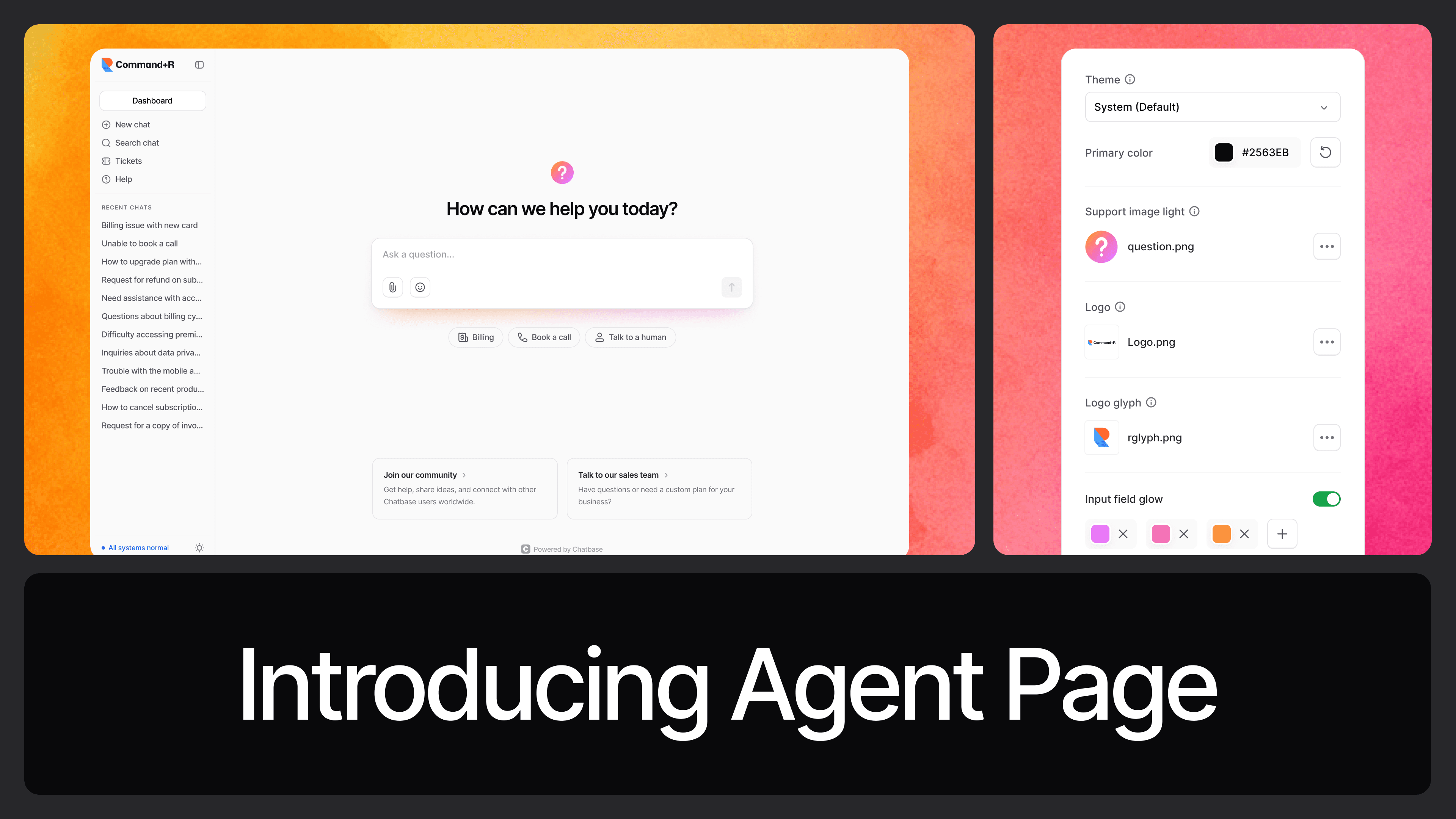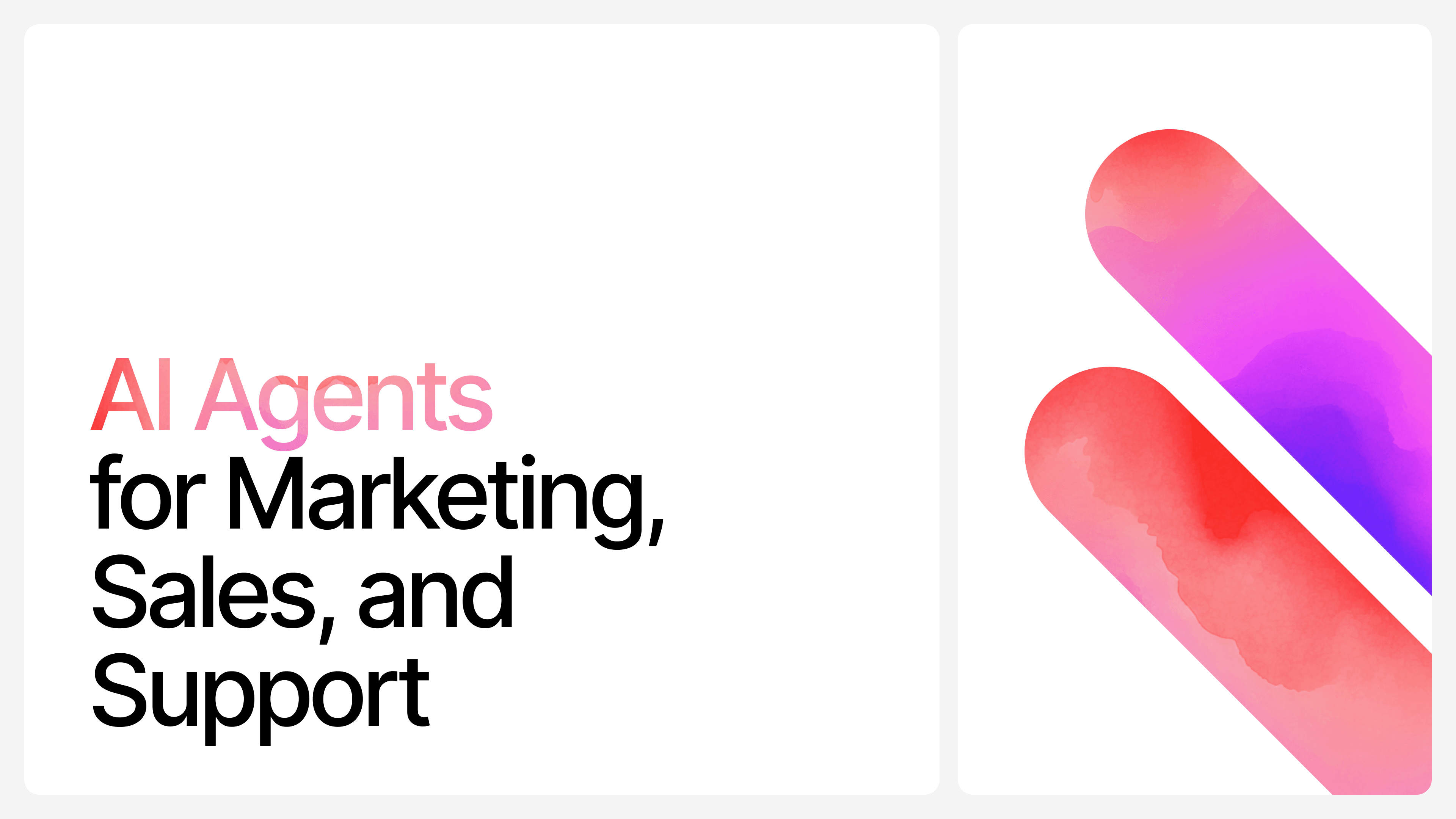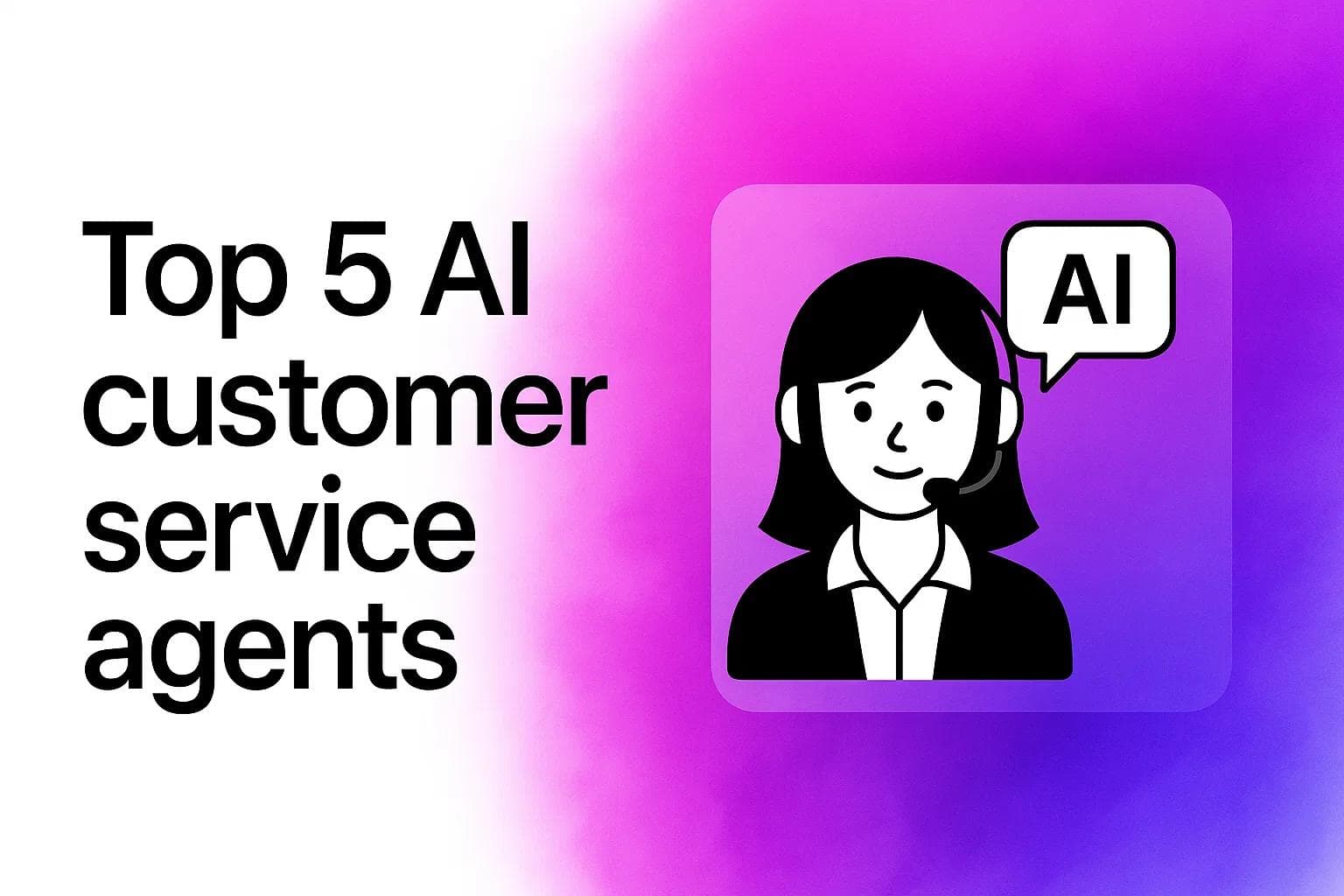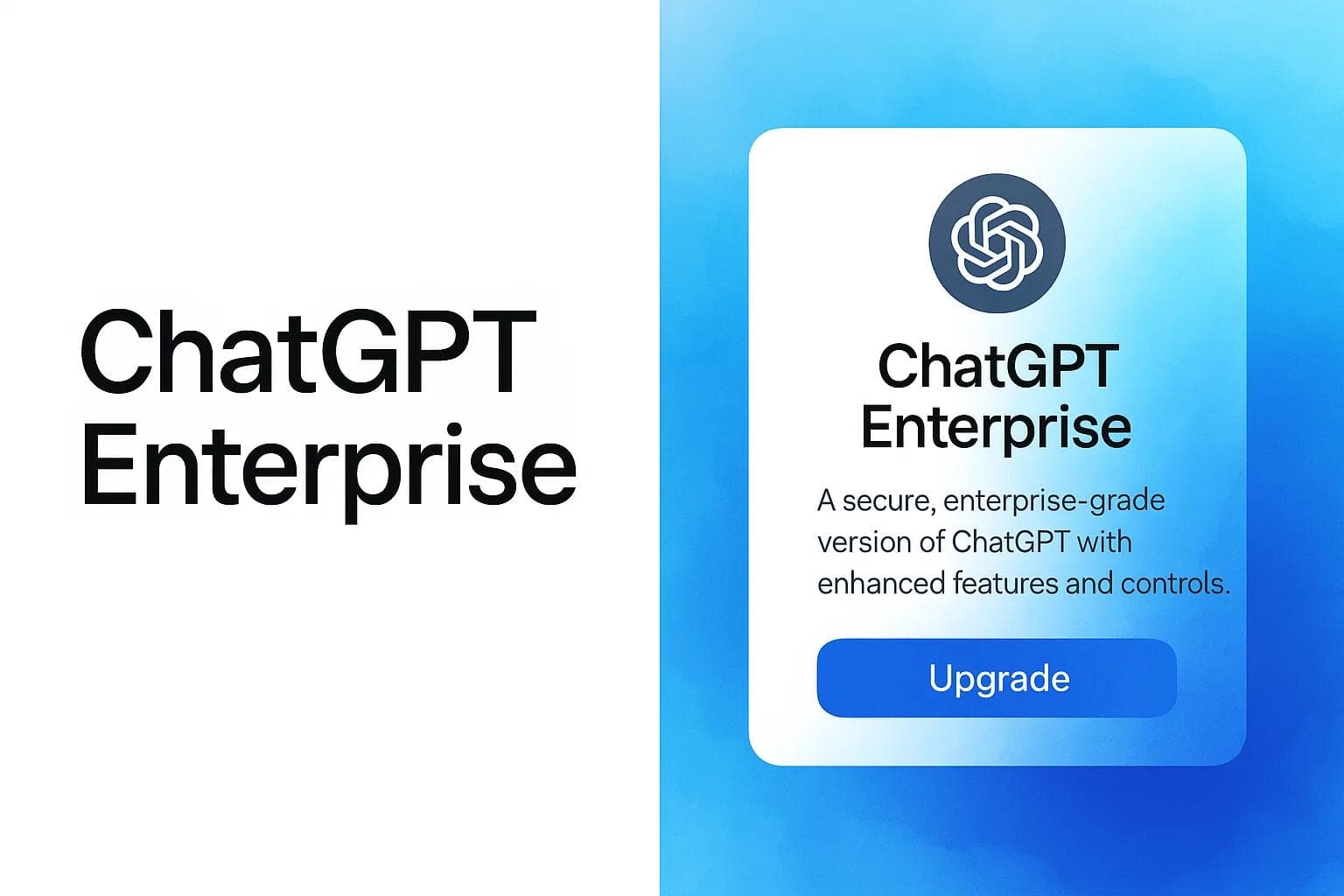AI Customer Engagement: How to Get Started
Max T
Aug 7, 2025
8 min read
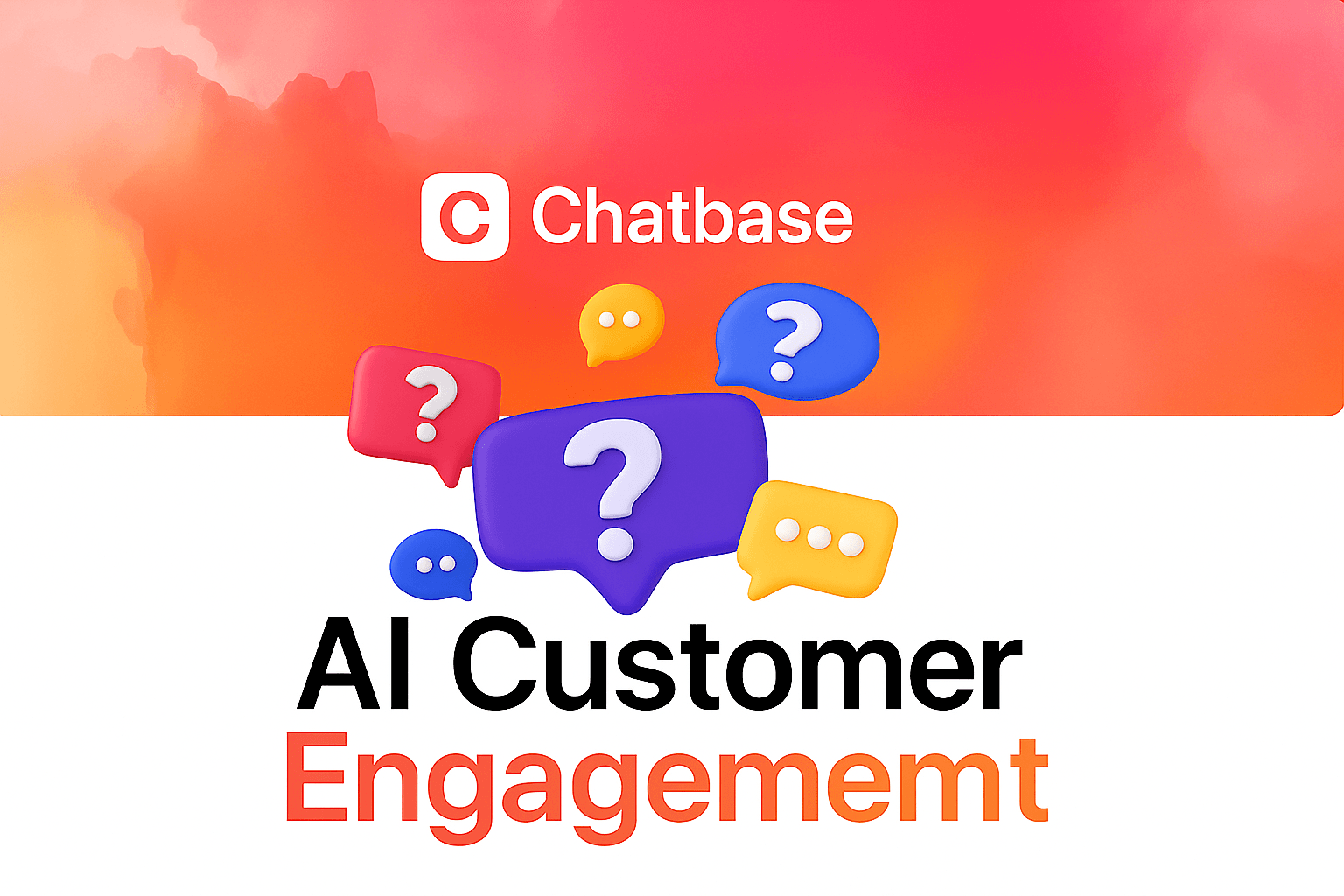
Customer engagement is the heartbeat of any thriving business. It’s what keeps customers interested, informed, and eager to interact with your brand long after the first purchase.
AI is changing the game in this space. Let's talk about how you can also take advantage of AI to boost your customer engagement game
What Is Customer Engagement?
Customer engagement is the ongoing process of building and maintaining a relationship between your business and your customers. It’s about creating a two-way connection that keeps customers coming back, interacting with your brand, and staying informed about what you offer.
At its core, engagement happens whenever a customer interacts with you, whether they’re chatting with your support team, opening an email, browsing your website, commenting on your social media post, or asking a question on WhatsApp. Each of these touchpoints is an opportunity to build trust, provide value, and strengthen the relationship.
The most successful brands don’t treat engagement as an afterthought. They actively design experiences that keep customers interested long after the first purchase. This could mean providing helpful content, sending timely updates, or being available to answer questions across multiple channels. The goal is to make your brand a familiar, trusted presence in your customer’s world rather than just a name they see on a receipt.
Why Is Customer Engagement So Important?
Customer engagement isn’t just a feel-good metric. It’s the ongoing conversation between your brand and your customers that keeps them informed, interested, and ready to take action when the time is right.
Businesses that prioritize engagement consistently see stronger loyalty, better retention, and higher lifetime value from their customers. According to Gallup, fully engaged customers represent a 23% higher share in profitability, revenue, and relationship growth compared to average customers.
When customers are engaged, they’re more than passive buyers. They interact with your content, explore your new offerings, and advocate for your brand within their networks. This doesn’t just boost sales, it builds a feedback loop where your business can better understand customer needs, respond to them faster, and strengthen trust over time.
On the flip side, neglecting engagement often leads to “cold leads” and silent churn. Potential buyers lose interest if they don’t feel valued, and existing customers may start looking for better alternatives. In today’s fast-moving market, staying top-of-mind isn’t optional. That’s why brands across industries are doubling down on strategies and technologies that keep conversations alive long after the first sale.
Tools for AI-Powered Customer Engagement
AI tools for customer engagement do more than just answer questions, they help you keep the conversation alive wherever your customers choose to interact. From WhatsApp to your website’s live chat, the right platform ensures that no message goes unanswered and no opportunity to connect is lost.
1. Chatbase – An AI-first chatbot platform built to keep customer conversations going across multiple channels. With Chatbase, customers can reach you on WhatsApp, Messenger, Instagram, or directly via your website chat — and get instant, on-brand responses 24/7. It can answer FAQs, recommend products, book appointments, or follow up with warm leads, ensuring you’re always engaging customers where they’re most comfortable.
2. Drift – Drift’s conversational AI is designed for real-time website engagement. It can greet visitors the moment they land on your page, answer questions, and even schedule sales calls on the spot. By proactively starting conversations based on visitor behavior, Drift keeps potential customers engaged before they bounce.
3. Intercom – A go-to for businesses wanting to engage customers inside apps or on websites. Intercom’s AI can send proactive messages when customers seem stuck, offer in-app guidance, and keep them moving toward their goals. It’s especially powerful for onboarding new users and encouraging feature adoption.
4. Ada – Perfect for high-volume support environments, Ada uses AI to engage customers the moment they reach out, whether it’s on your website, in your mobile app, or through a social media channel. By instantly answering questions and resolving issues, Ada keeps the engagement loop short and satisfying.
5. Freshdesk Freddy AI – Built for service-heavy teams, Freddy AI ensures customers don’t sit waiting for answers. It engages them through web chat, email, or messaging apps, offers quick solutions, and passes only complex queries to human agents, keeping customers engaged without the frustration of long wait times.
6. Salesforce Einstein – More than just a CRM upgrade, Einstein uses AI to predict what customers might need next and engage them with timely, personalized outreach. From automated follow-up emails to smart recommendations inside customer portals, it keeps the conversation relevant and ongoing.
7. Tidio – A small business favorite, Tidio brings AI chatbots and live chat together so you can engage customers on your site or via Messenger. It’s quick to set up, integrates with e-commerce platforms, and can handle both product questions and post-purchase follow-ups, keeping customers close even after checkout.
The key here is that all these platforms make engagement continuous and multi-channel. Customers get to connect on their terms, and your brand stays present without being pushy.
How to Implement AI for Customer Engagement
AI for customer engagement works best when it’s intentional, not just plugging in a bot and hoping for the best. The aim is to create consistent, value-driven interactions that keep customers connected to your brand at every stage of their journey. Here’s how to do it right:
1. Map Your Customer Engagement Channels: Start by identifying every platform or touchpoint where customers interact with your brand. This can include:
- Website chat widgets for visitors browsing your pages
- WhatsApp for direct, personal messaging
- Messenger and Instagram DMs for social media interactions
- Email for ongoing updates and offers
- In-app messaging for SaaS or mobile users
Mapping these out helps you see where conversations are happening now and where they’re being lost. If your audience prefers WhatsApp but you only offer email support, you’re missing a huge engagement opportunity. AI can bridge those gaps by making sure you’re present in all the right places.
2. Define the Engagement Goals: Before you introduce AI, get specific about what you want to achieve. Examples include:
- Reducing response time to under one minute
- Increasing customer retention by 15% over six months
- Re-engaging dormant leads within 30 days
- Boosting post-purchase follow-up rates
The clearer your goals, the easier it is to train and configure your AI tools for success. Without goals, you risk having AI that “chats” without moving customers closer to valuable actions.
3. Choose the Right AI Tool: Different AI tools excel in different contexts:
- Chatbase works across WhatsApp, Messenger, Instagram, and web chat, and is ideal for multi-channel engagement.
- Intercom is better for SaaS and app onboarding flows.
- Drift focuses on real-time website lead capture.
When selecting a tool, check:
- Channel coverage (does it support where your audience hangs out?)
- Integration options with your CRM or e-commerce platform
- Ease of customization and branding
- Analytics and reporting capabilities
Don’t be swayed by flashy features you don’t need, prioritize fit over hype.
4. Personalize the Conversations: AI shouldn’t sound like a generic call center script. To keep customers engaged, train it to:
- Use your brand tone (friendly, professional, witty, etc.)
- Reference customer history (“I see you ordered our Summer Kit last month…”)
- Offer personalized recommendations based on previous actions
- Adapt replies depending on the stage of the buyer journey
The more tailored the response, the more likely customers will stay engaged because they feel seen and understood.
5. Automate, but Keep a Human Safety Net: AI is great at handling FAQs, appointment bookings, order tracking, and basic troubleshooting. But when a customer’s issue is emotional, urgent, or complex, they need to feel they can speak to a real person quickly.
Set your AI to recognize escalation triggers, maybe keywords like “frustrated,” “cancel,” or “manager,” and route those conversations to a human agent. This balance prevents engagement from feeling cold or dismissive.
6. Monitor, Measure, and Improve You can’t improve what you don’t measure. Track:
- Response time (average time to reply)
- Engagement rate (percentage of interactions where the customer replies back)
- Resolution rate (how many conversations end with a satisfied outcome)
- Channel performance (where engagement is highest or lowest)
Use analytics to identify friction points. For example, if WhatsApp queries take longer to resolve than web chat, you may need better training data for that channel.
7. Expand Gradually Don’t launch across five platforms at once. Start with the channel where engagement will have the highest immediate impact; maybe WhatsApp for quick sales queries, or your website chat for lead capture.
Once you’ve perfected the workflows, expand to other channels. This ensures customers get a consistently great experience no matter where they connect with you.
Start Engaging Smarter with AI
Customer engagement is no longer limited to sending out monthly newsletters or waiting for a customer to call. With AI, you can be present and helpful across multiple channels, instantly responding to inquiries, making recommendations, and keeping leads warm without burning out your team.
If you’re ready to keep customers connected whether they reach out on WhatsApp, Messenger, Instagram, or your website, Chatbase makes it simple. Build your AI-powered engagement system in minutes, personalize it to your brand voice, and watch your customer relationships grow stronger with every interaction.
→ Get started with Chatbase today and make every conversation count.
Share this article:


